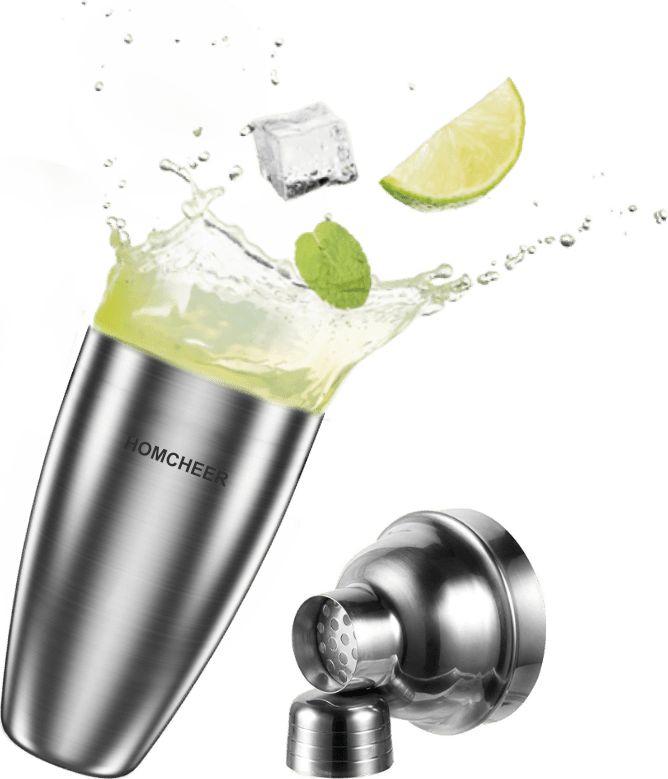Stainless steel is a popular material for making cocktail shakers due to its durability, resistance to corrosion, and attractive appearance. However, to ensure that the stainless steel cocktail shaker retains its shine and functionality over time, proper surface treatment is crucial. Now we will explore the different types of surface treatment methods used for stainless steel cocktail shakers. The team at Red Label Abrasives explains how to polish stainless steel so that it looks as good as it functions.
Polishing(mostly popular)
Polishing is the most common surface treatment method for stainless steel shakers. Two types of polishing can be used for stainless steel shakers.
Matte polishing
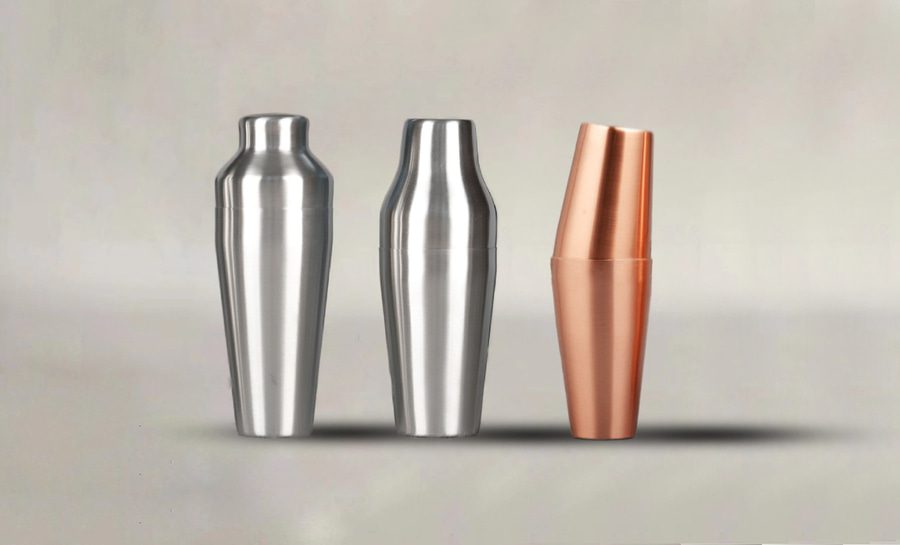
Matte polishing is a rough polishing that leaves machining marks on the surface. You can see the brushed lines clearly. People who like metal texture will probably like this kind of polishing.
It helps to hide any surface imperfections, provides a better grip for users, reduces reflections, offers an understated appearance, and can be cost-effective.
Mirror polishing
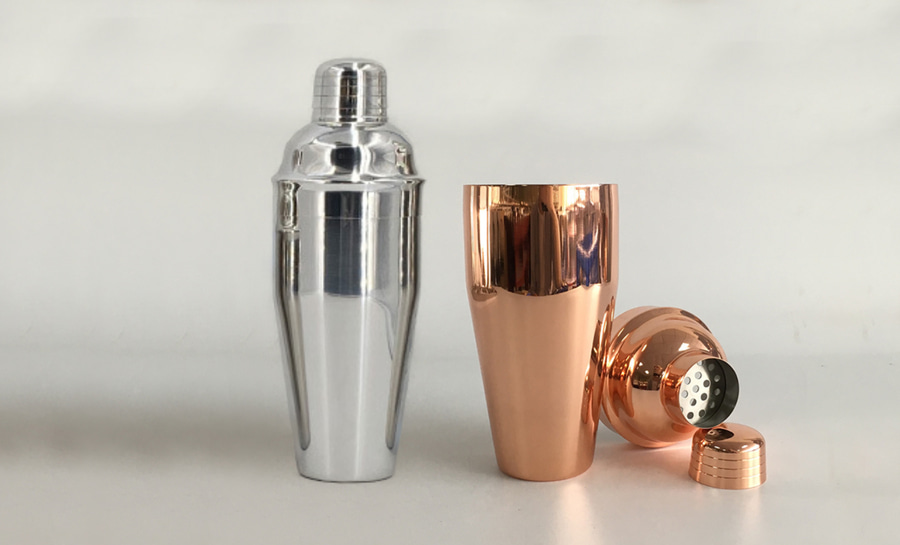
Mirror polishing is a fine polishing that makes the surface as shining as a mirror. It usually takes 2 or 3 times to polish. In that case, the cost of mirror polishing is a little bit higher than matte polishing.
It provides a visually striking appearance, excellent corrosion resistance, improved accuracy for measuring cocktails, easy maintenance, and cleaning, and added durability and wear resistance. These benefits make mirror polishing a popular option for high-quality, luxurious cocktail shakers.
Painting
Painting is a way to decorate the surface or stop rusting. The material is usually liquid paint, rubber, and plastic powder.
Normal painting
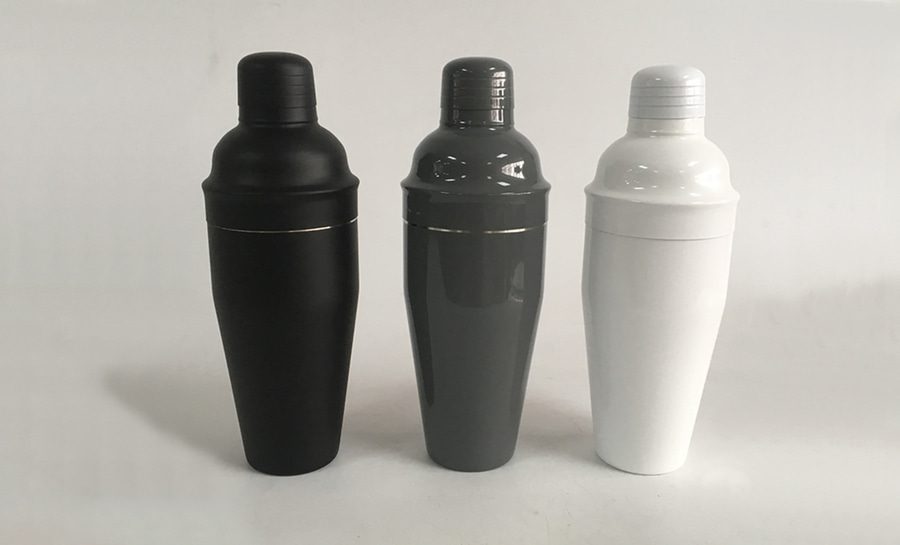
Normal painting is the most commonly used. It can be shiny or matte. Various colors can be chosen.
It provides a wide range of color options, offers a layer of protection to the surface, enables intricate designs and patterns, enhances the visual appeal of the shaker, and is a cost-effective option for surface treatment.
Rubber painting

Rubber painting, also known as soft-touch painting, is a surface treatment technique that involves the application of a rubberized coating to the surface of the cocktail shaker. It gives the user a soft touch and makes the item upscale.
It provides a non-slip grip, a soft, tactile surface, a layer of protection, a range of color and texture options, and is cost-effective.
Powder spray

Powder spray, also known as powder coating, is a type of coating that is applied as a free-flowing, dry powder. The powder is plastic, which will protect the surface very well, as it’s hard and thick.
It provides a durable, long-lasting finish, is environmentally friendly, provides a wide range of color and texture options, is cost-effective, and is easy to clean and maintain.
Plating
Plating is a surface covering in which a metal is deposited on a conductive surface.
Vacuum plating
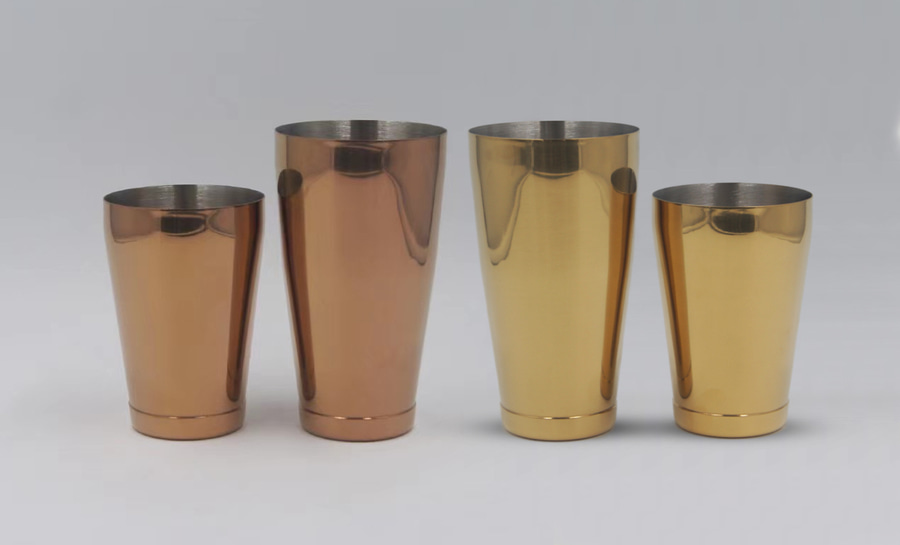
Vacuum plating, also known as PVD (Physical Vapor Deposition) coating, is a family of processes used to deposit layers of material atom-by-atom or molecule-by-molecule on a solid surface. These processes operate at pressures well below atmospheric pressure.
It provides a high-quality, metallic finish, offers a wide range of color options, provides a layer of protection, is environmentally friendly, and provides a high level of customization.
Water plating
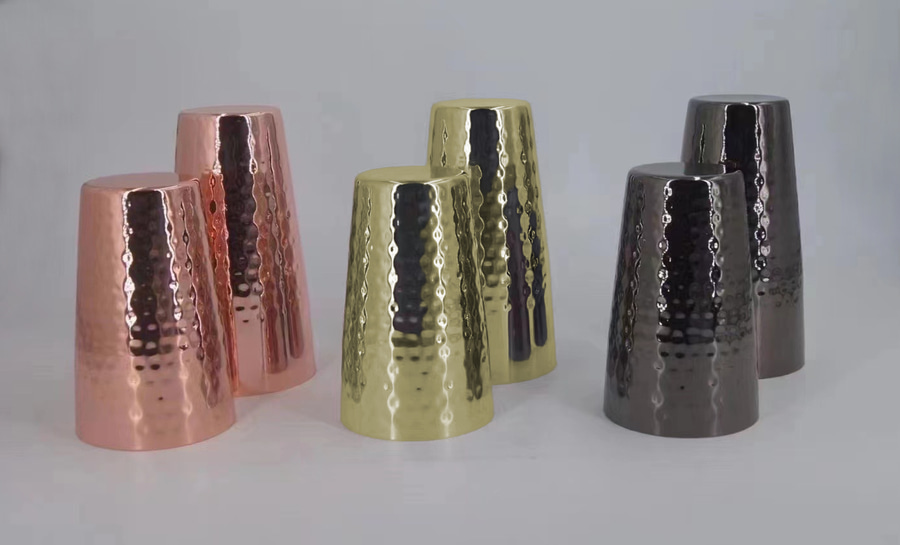
Water plating, also known as electroplating, is a process that uses an electric current to reduce dissolved metal cations so that they form a thin coherent metal coating on an electrode.
It provides a high-quality, metal finish, offers a wide range of color and texture options, is highly customizable, provides a layer of protection, and is environmentally friendly.

In conclusion, the surface treatment of stainless steel cocktail shaker can offer many benefits, from increased corrosion resistance to improved aesthetics. Depending on the desired outcome, there are a variety of treatment options available, from simple polishing to complex electroplating. Colorization offers options for creating stunning barware that is unique in their aesthetic, which enhances the role of barware in cocktail culture. Ultimately, the right surface treatment will depend on the intended use, desired finish, and extent of protection needed for a given piece of barware.

